Unique Blades Runner
Japanese Tanto Sword Hand-Forged Carbon Steel Blade with Black Wrapped Handle
Japanese Tanto Sword Hand-Forged Carbon Steel Blade with Black Wrapped Handle
🔁 14-day returns · View policy
Couldn't load pickup availability
Personalization Info
Personalization Info
🎨 Make Your Blade Truly Unique
We offer custom engraving on many of our handmade knives, swords, and daggers. Whether it’s a name, initials, logo, or symbol — we use a high-precision 50W fiber laser to mark your item with sharp, lasting detail.
✨ How to Personalize Your Order:
- 📧 Send your engraving details to uniquebladesrunner@gmail.com
- 🖋️ Include text or artwork (initials, name, or small graphic)
- ✅ We’ll confirm if engraving is available for your chosen product
🕒 Please note: Personalized items may take extra processing time and are not eligible for return.
Have questions? Feel free to reach out before placing your order — we’re happy to help!
Custom Orders
Custom Orders
🛠️ Custom Orders Welcome
Looking for something unique? We offer fully custom-made knives, swords, and collectibles designed to your exact preferences. Whether it’s for display, gifting, or your personal collection — we’re here to bring your idea to life.
✨ Custom Options Include:
- Blade length and style
- Handle material (wood, bone, stag, etc.)
- Steel type (Damascus, high carbon, D2, 1095, 5160, 80CrV2, stainless, or custom on request)
- Engraving or decorative finishes
📩 Reach out at uniquebladesrunner@gmail.com with your design idea or reference image. We’ll reply with availability, pricing, and estimated delivery time.
Care Instructions
Care Instructions
Your handmade blade deserves proper care to last a lifetime. Follow these tips to preserve its beauty and performance:
🔪 General Care:
- Keep the blade clean and dry after use
- Apply a thin coat of oil (mineral, camellia, or gun oil) regularly
- Avoid prolonged exposure to water or moisture
🔥 Damascus & High Carbon Steel:
- These steels are not stainless — they require extra care
- Store in a cool, dry place with low humidity
- Wipe with an oiled cloth before storing
🧊 Stainless Steel Blades:
- More resistant to rust, but still benefit from proper care
- Clean with a soft cloth and mild soap — dry immediately
- Light oiling helps preserve the finish and smoothness
Never place your blade in a dishwasher or soak it in water. Proper care ensures long-term durability and appearance.
Shipping Information
Shipping Information
🚚 Shipping Information
We ship worldwide with reliable tracking and protective packaging to ensure your blade arrives safely.
📦 Processing Time:
- Standard items: Ships in 4–7 business days
- Custom orders: Varies based on design complexity
✈️ Estimated Delivery:
- Domestic: 5–7 business days
- International: 10–20+ days (depending on customs)
🌍 Customs & Duties:
- International buyers are responsible for any applicable import taxes or customs fees
You’ll receive tracking info once your order is shipped. Have questions about shipping times? Email us anytime.
Disclaimer
Disclaimer
All our blades are individually handcrafted — no two items are exactly alike. Slight variations in grain, polish, or dimensions are part of the artistry.
- Our products are intended for collectors, chefs, and outdoor users
- Not designed for harm or misuse of any kind
- Must be used responsibly and in accordance with local laws
By purchasing, you acknowledge understanding and acceptance of our terms.
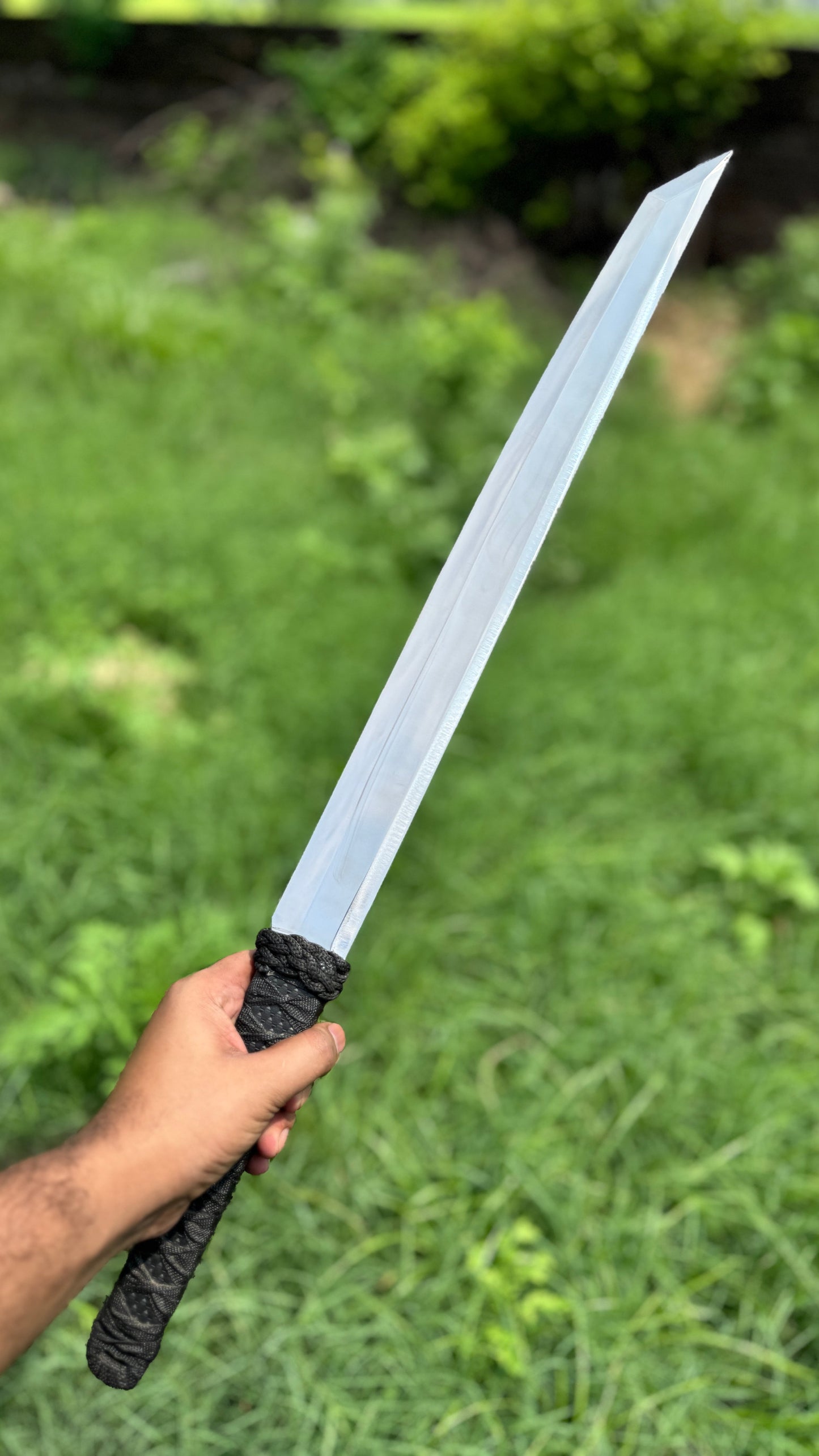
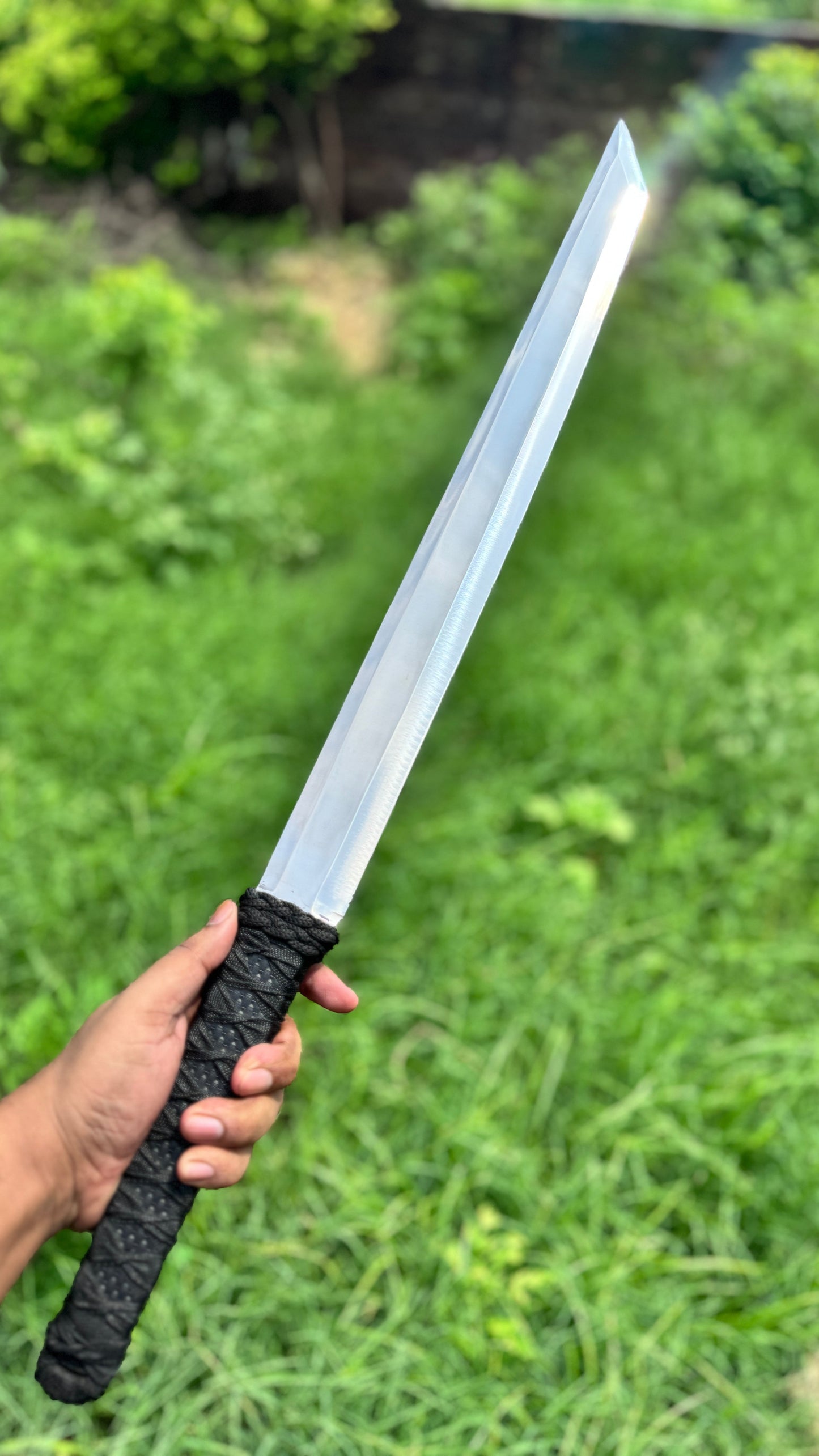
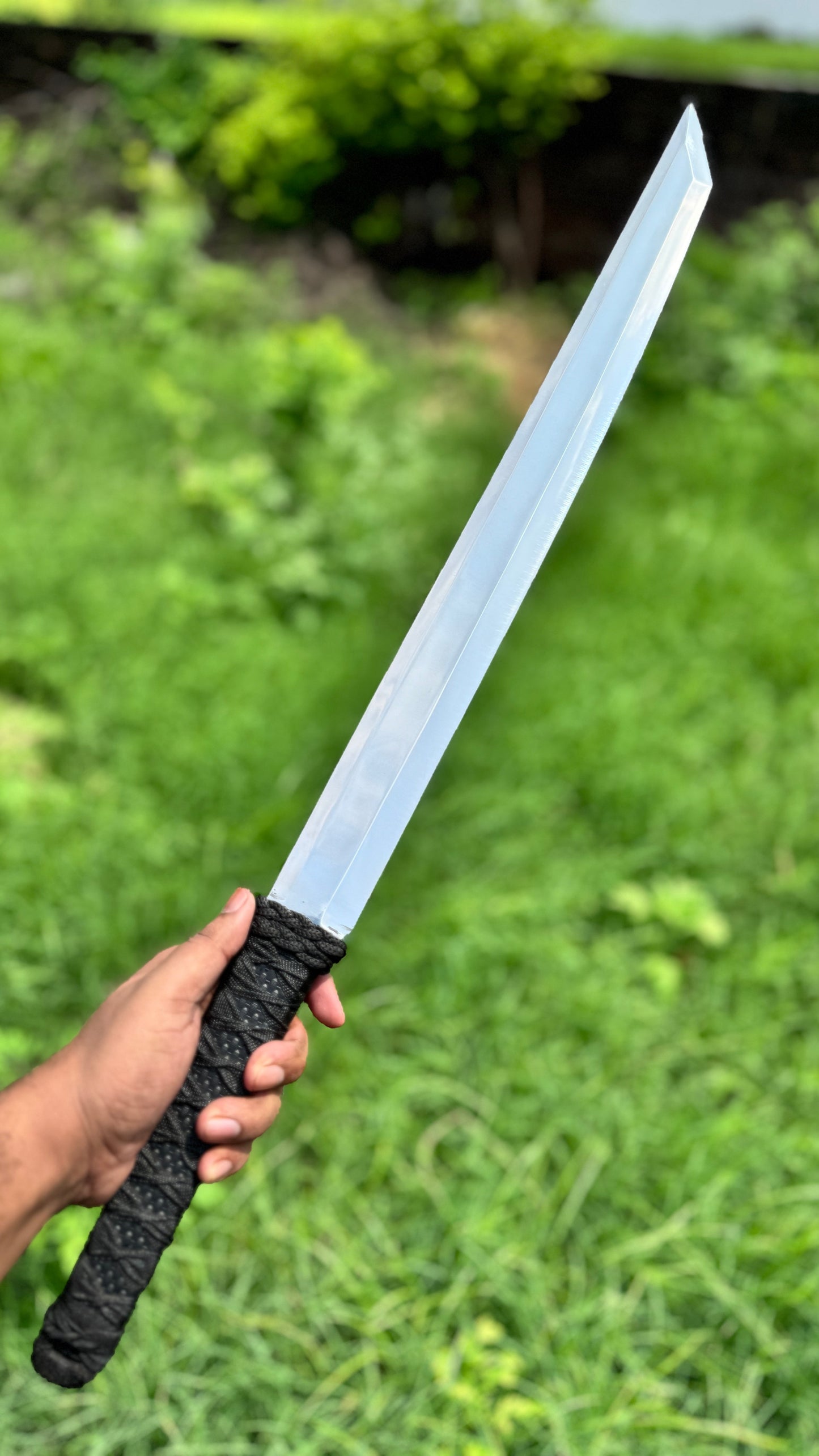
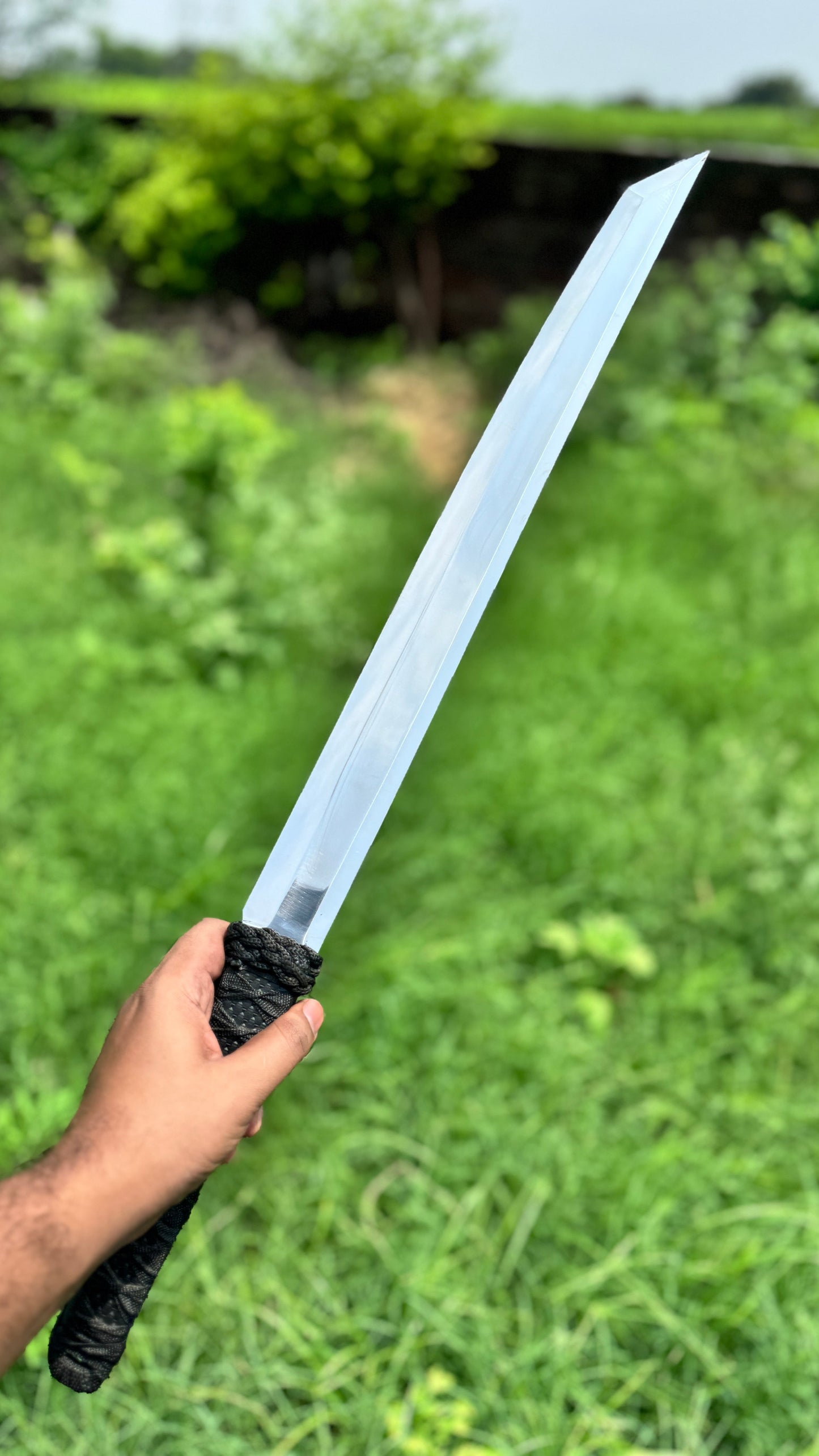
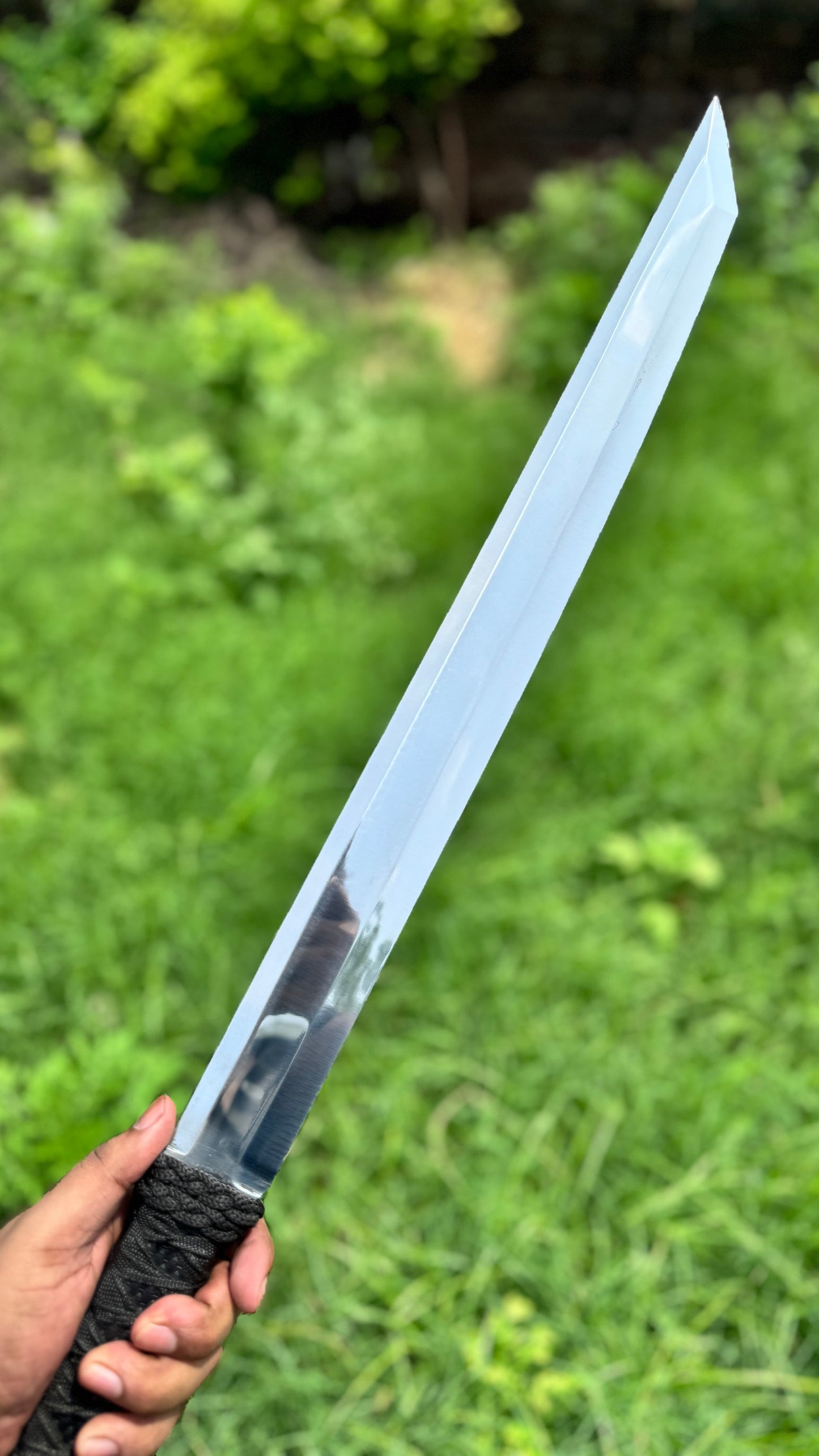
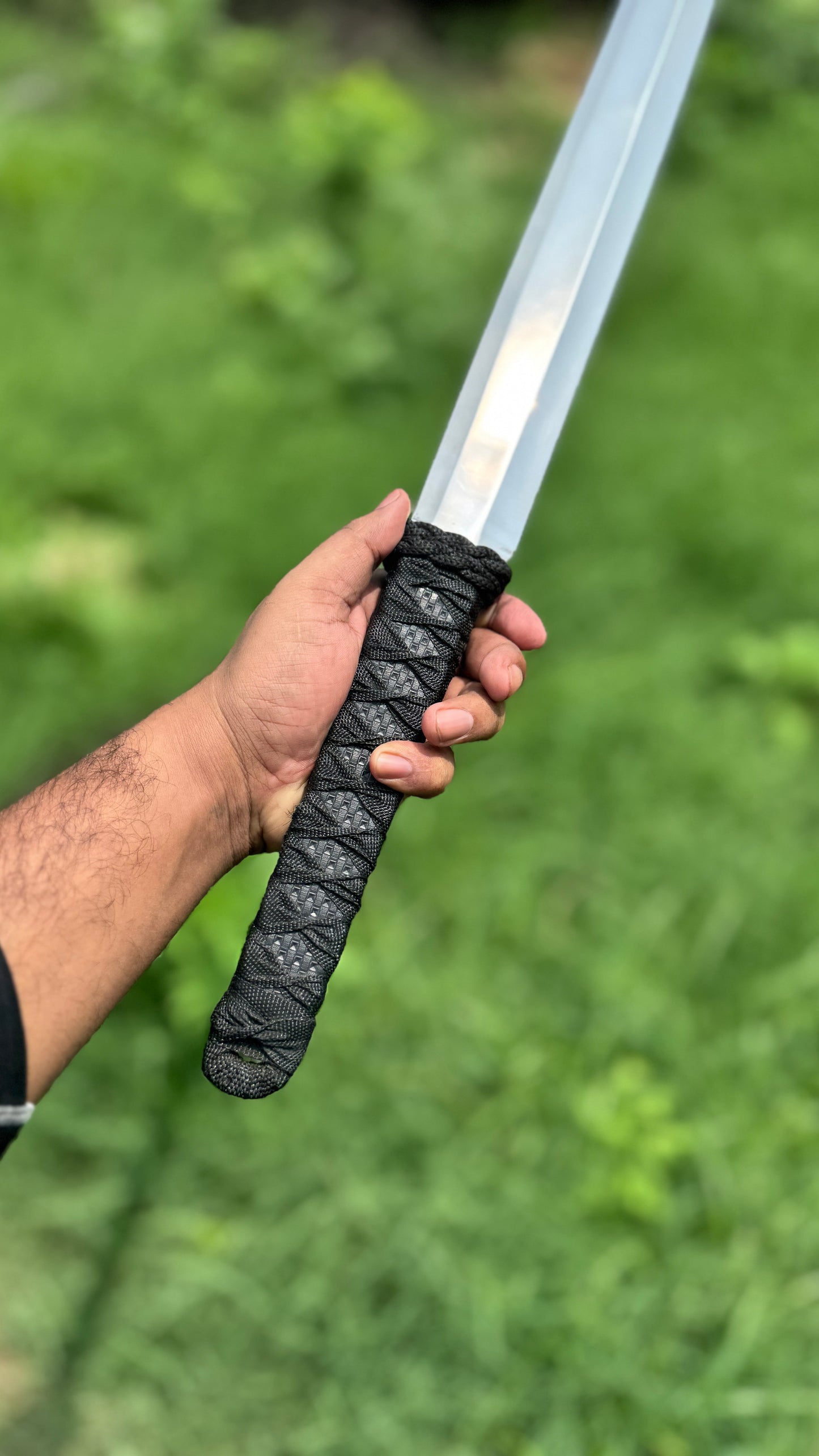
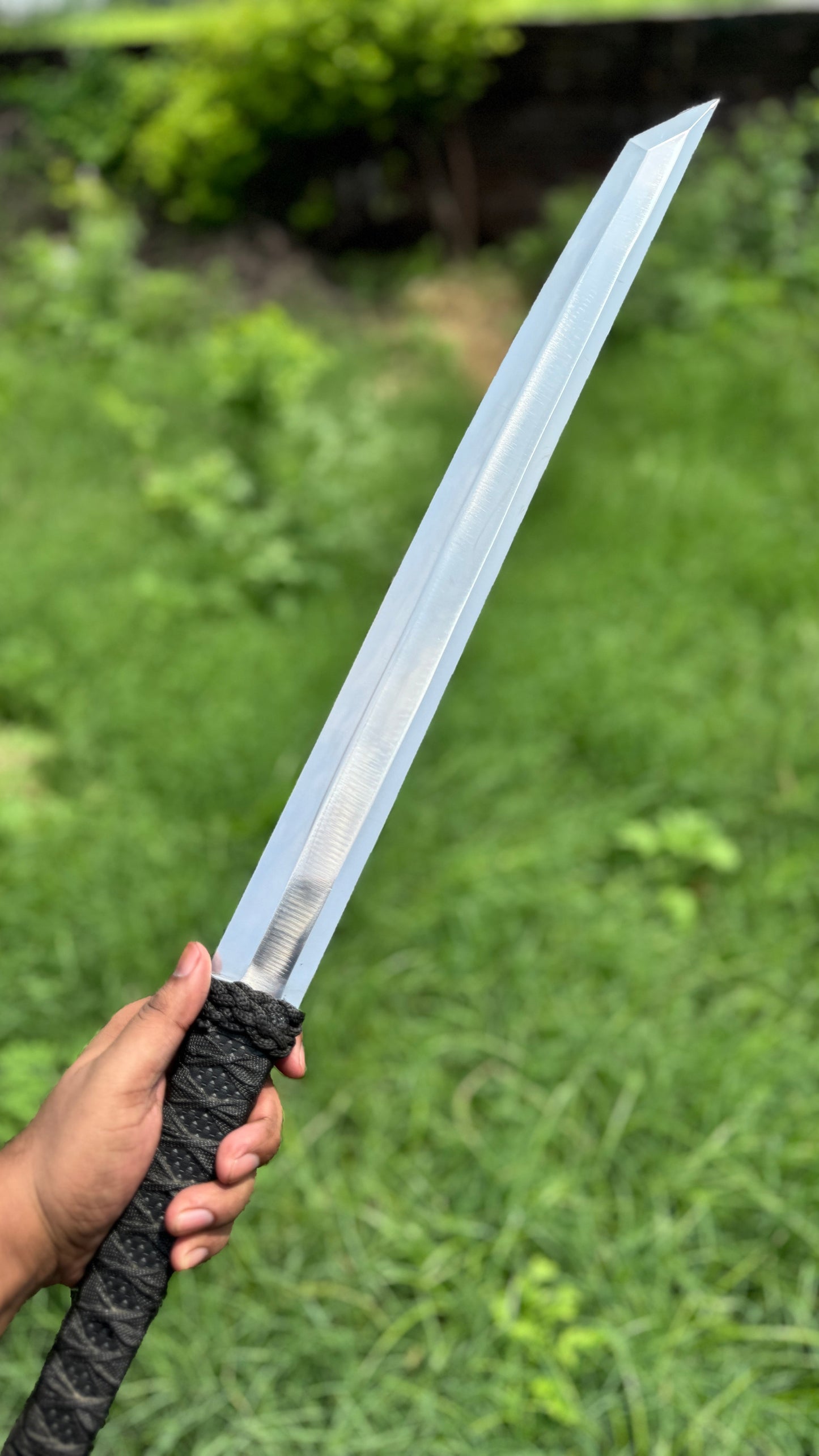
Japanese Tanto Sword – A Timeless Masterpiece of Craftsmanship
The Japanese Tanto Sword has long been celebrated as an emblem of precision, artistry, and cultural heritage. Originating in feudal Japan, the tanto was a shorter blade traditionally carried by samurai alongside their katana. Over centuries, it has evolved from a practical tool into a sought-after collectible for history enthusiasts, martial arts practitioners, and admirers of fine steelwork. This particular piece embodies the meticulous techniques of Japanese swordsmithing while paying homage to its deep-rooted symbolism in Japanese culture.
The tanto’s legacy is found in countless historical records, period dramas, and even pop culture — from samurai films to anime and video games like Ghost of Tsushima and Nioh. Its sleek design, razor-sharp edge, and elegant aesthetics have made it an enduring icon across generations. Owning a Japanese Tanto Sword today is not just about acquiring a blade; it’s about holding a piece of history in your hands.
The Art and History Behind the Japanese Tanto Sword
The Japanese Tanto Sword emerged during Japan’s Heian period (794–1185), when swordsmiths began experimenting with shorter, more agile blades. Crafted for close-range precision and ceremonial purposes, the tanto became an essential part of a samurai’s daishō (paired swords). Its blade was often adorned with intricate hamon patterns — a visual hallmark of the differential hardening process unique to Japanese swordsmithing.
During the Kamakura and Muromachi periods, the tanto’s artistry reached new heights. Master craftsmen forged blades with exceptional balance, pairing them with elaborate handles and ornate scabbards. These swords were not just functional tools but also works of art — often given as prestigious gifts among nobility.
Today, collectors prize the Japanese Tanto Sword for its historical importance, elegant proportions, and unmatched craftsmanship. Many modern renditions remain faithful to traditional forging techniques, blending aesthetics and durability in perfect harmony.
Why the Japanese Tanto Sword Stands Out in Collectible Blades
A. Authentic Craftsmanship – Each Japanese Tanto Sword is meticulously hand-forged by skilled artisans, following traditional methods passed down through generations. From folding high-carbon steel to polishing the edge, every step is executed with precision.
B. Cultural Significance – More than just a blade, the tanto represents centuries of Japanese history, samurai honor, and aesthetic philosophy. It’s a symbol of refinement and discipline, admired by historians and collectors worldwide.
C. Unique Design – The tanto’s distinctive straight or slightly curved blade, combined with its compact size, makes it one of the most recognizable and elegant Japanese blades. Many collectors choose the Japanese Tanto Sword for display due to its graceful proportions and ornate detailing.
Materials and Features of a Premium Japanese Tanto Sword
High-quality renditions of the Japanese Tanto Sword are often made from folded Damascus steel or traditionally forged high-carbon steel. This results in a blade with both strength and beauty, displaying mesmerizing grain patterns. The handle is typically crafted from premium materials such as ray skin (samegawa) wrapped in silk or leather ito, ensuring a secure and comfortable grip.
Scabbards (saya) are often lacquered and decorated with intricate motifs, enhancing the tanto’s display value. Some models also feature fittings (koshirae) made from brass, copper, or other decorative metals, engraved with Japanese-inspired designs.
The Japanese Tanto Sword in Modern Times
While its historical purpose has shifted over the centuries, the Japanese Tanto Sword remains a cherished collectible. In modern culture, it’s celebrated in films, games, and exhibitions. Enthusiasts appreciate its compact size, making it ideal for display in a collection of larger swords like katanas and wakizashis.
Some craftsmen create modern interpretations that blend traditional aesthetics with contemporary materials, making the Japanese Tanto Sword not only a heritage piece but also a testament to evolving artistry. For enthusiasts of Japanese culture, owning a tanto is akin to preserving a living legacy.
How to Display and Care for a Japanese Tanto Sword
Owning a Japanese Tanto Sword means preserving its condition for generations to come. Display stands made from fine wood are ideal for showcasing its elegance. Regular maintenance, including occasional oiling of the blade with traditional choji oil, prevents rust and maintains its polished finish. Wrapping the sword in a silk bag when not on display also protects it from dust and humidity.
Collectors often pair their tanto with related items such as antique fittings, historical scrolls, or samurai armor for an immersive display that tells the story of Japan’s warrior past.
Why Collectors Choose the Japanese Tanto Sword
A. Heritage Value – Every Japanese Tanto Sword connects its owner to centuries of tradition, art, and philosophy.
B. Investment Potential – High-quality, authentically crafted tantos appreciate in value, making them a wise addition to a collection.
C. Aesthetic Appeal – From its blade geometry to its ornate fittings, the tanto is a visual masterpiece that draws admiration in any setting.
Pop Culture and the Japanese Tanto Sword
Beyond history, the Japanese Tanto Sword has found its place in pop culture. In Japanese cinema, it often appears in period dramas, where it is portrayed as an heirloom or ceremonial object. In anime and games, it serves as a symbol of honor, tradition, and refined skill. This cross-cultural presence ensures that the tanto’s legacy continues to thrive among younger generations worldwide.
Conclusion – A Legacy Worth Preserving
The Japanese Tanto Sword is more than just a blade — it’s a bridge between past and present, art and functionality. Its centuries-old history, cultural significance, and meticulous craftsmanship make it one of the most desirable collectibles in the world of fine blades. Whether displayed in a personal collection or given as a prestigious gift, the tanto remains a timeless emblem of Japanese heritage.
FAQ
Q: What is the origin of the Japanese Tanto Sword?
The Japanese Tanto Sword originated in the Heian period and was carried by samurai as part of their traditional sword set.
Q: Is the Japanese Tanto Sword still made using traditional techniques?
Yes, many artisans continue to forge the Japanese Tanto Sword using time-honored methods, ensuring authenticity and quality.
Q: What materials are used in a high-quality Japanese Tanto Sword?
Premium versions use high-carbon steel or folded Damascus steel, with handles wrapped in ray skin and silk.
Q: Can the Japanese Tanto Sword be displayed alongside other Japanese swords?
Absolutely, it complements katanas and wakizashis beautifully in any sword collection.
Q: Why is the Japanese Tanto Sword popular among collectors?
Its historical value, intricate craftsmanship, and cultural symbolism make it a prized collectible.







